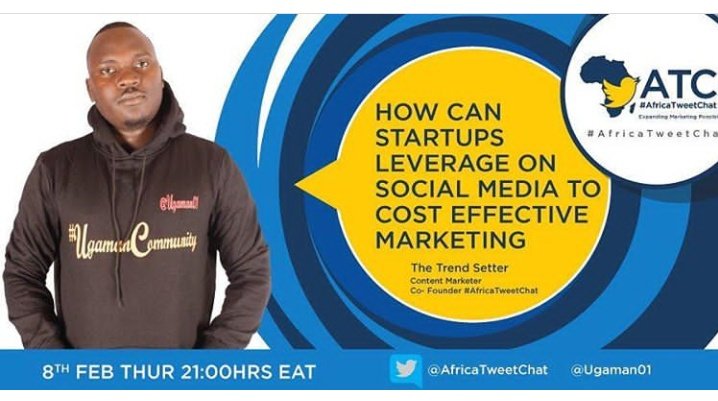First of all, we have to put ourselves in the position of the party that is manufacturing this break out. Yes, most market movements are controlled,
OK, so we have to understand there is one party who has taken the view that they want the
The CO wants the break out to be sustained, and not fail. The best way to sustain a breakout, once it has started, is to get other traders
How to motivate others to buy the breakout? They must feel that a breakout is occurring, in the first place. Then, they do not want to miss out on this movement, and they act quickly to buy.
The two key human emotions that govern a trader are fear and greed. In, this case, if the trader fears he will miss out on the breakout, he will buy. If he already has a long position, his greed can tempt him to buy some more.
So, how to create these two emotions in the market? The CO has to give them good reason to feel fear and/or greed!
The best way is to make it absolutely clear that a breakout is occurring, or MIGHT occur.
The only logical reason is to move the price higher so he can SELL at this higher price. But sell what?
Well, he has to buy before he sells. So he uses this sideways range to quietly accumulate his long positions.
OK, so the range provides the opportunity for the CO to accumulate longs. It also, conveniently gives every trader a very visual cue – if price moves OUT of this range, then this MIGHT be a breakout.
Ok, So now we know the CO has built up a long position, and now he wants the price to rise, so he can then sell, and make a profit.
So, if he is not buying on the breakout, it must be the other traders (also called weak money, because they do what the CO wants them to do). So the CO must incentivise the weak buyers to buy to keep the breakout
That is why the CO needs to provide an impetus to the price to jump over this resistance level.
Well, at the moment of the breakout, we have no idea who will win. We have to observe. If we jump in here and buy,
Nothing is certain, that is why we have to wait for the data and the charts to reveal the truth.
If it was the CO who tried to engineer this break out, he may simply take note that there is strong
Until the short sellers are all tired out, or run out of money. And then, the CO, having the deepest pockets, simply tries again, and there no short selling to resist him
Compare this to a breakout on low volume, that runs out of steam and the price falls back into the range. Both can look similar (breakout on low volume) but one will continue the break out and
Now, the CO will not hold up his hand and declare his intentions, but his actions do leave signs. We have to learn to read the signs, and this is not an easy skill to develop!
In addition, the short sellers now might lose hope, they have no capital left to keep on selling, so they want to cut their losses
Now, the CO just sits back and lets the market do its thing
But sometimes, the CO wants to make extra extra sure that the short sellers are exhausted. He will often engineer a retest of this level where the breakout occurred.
I will talk about that next time, there is quite enough here for now : )
/THREAD























